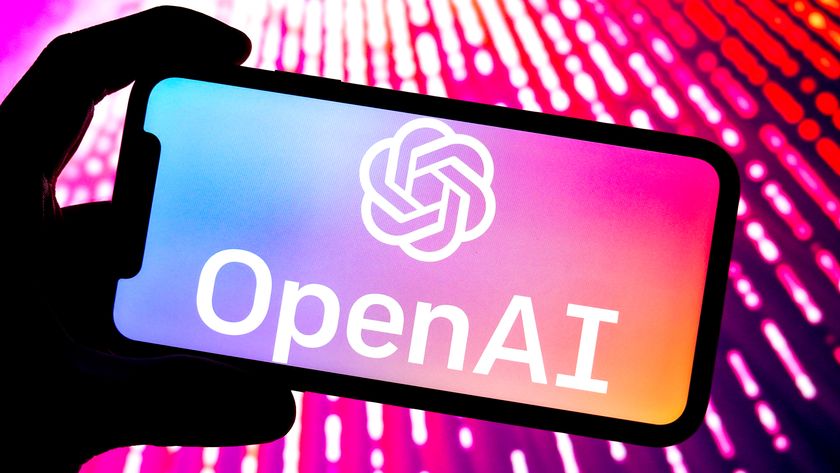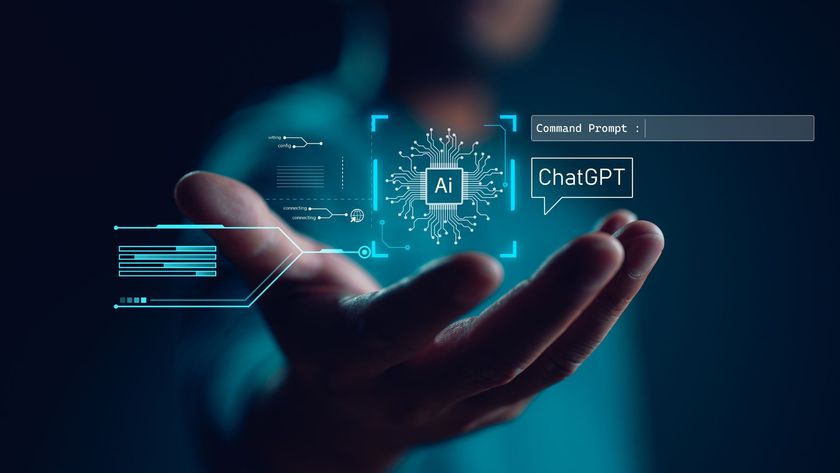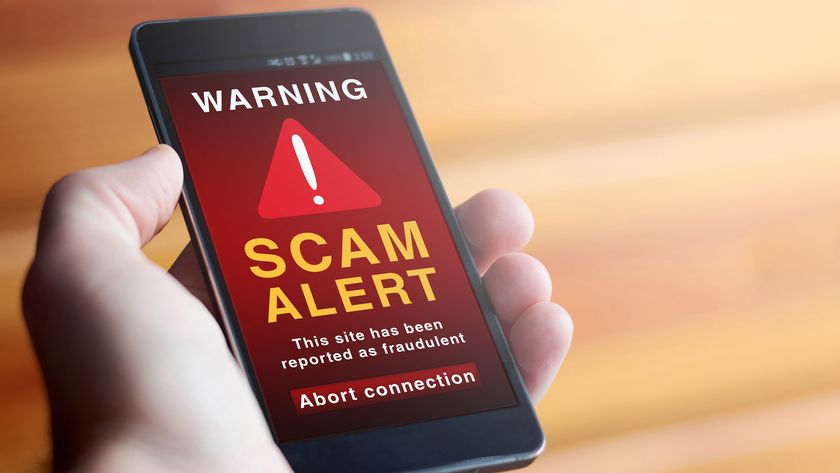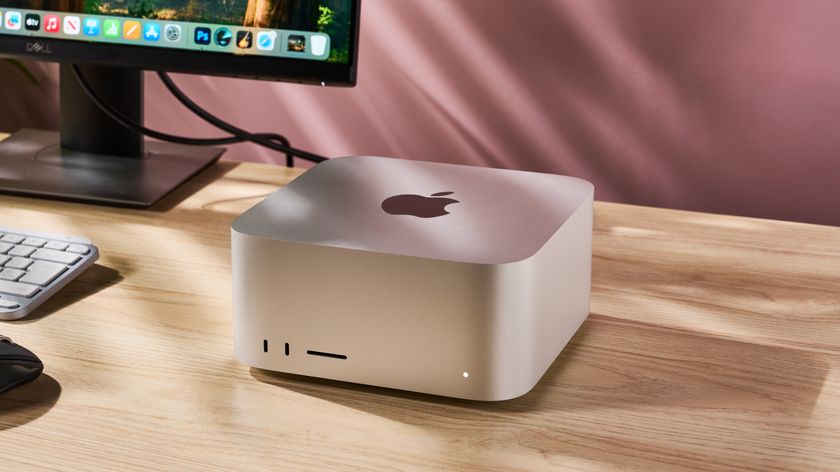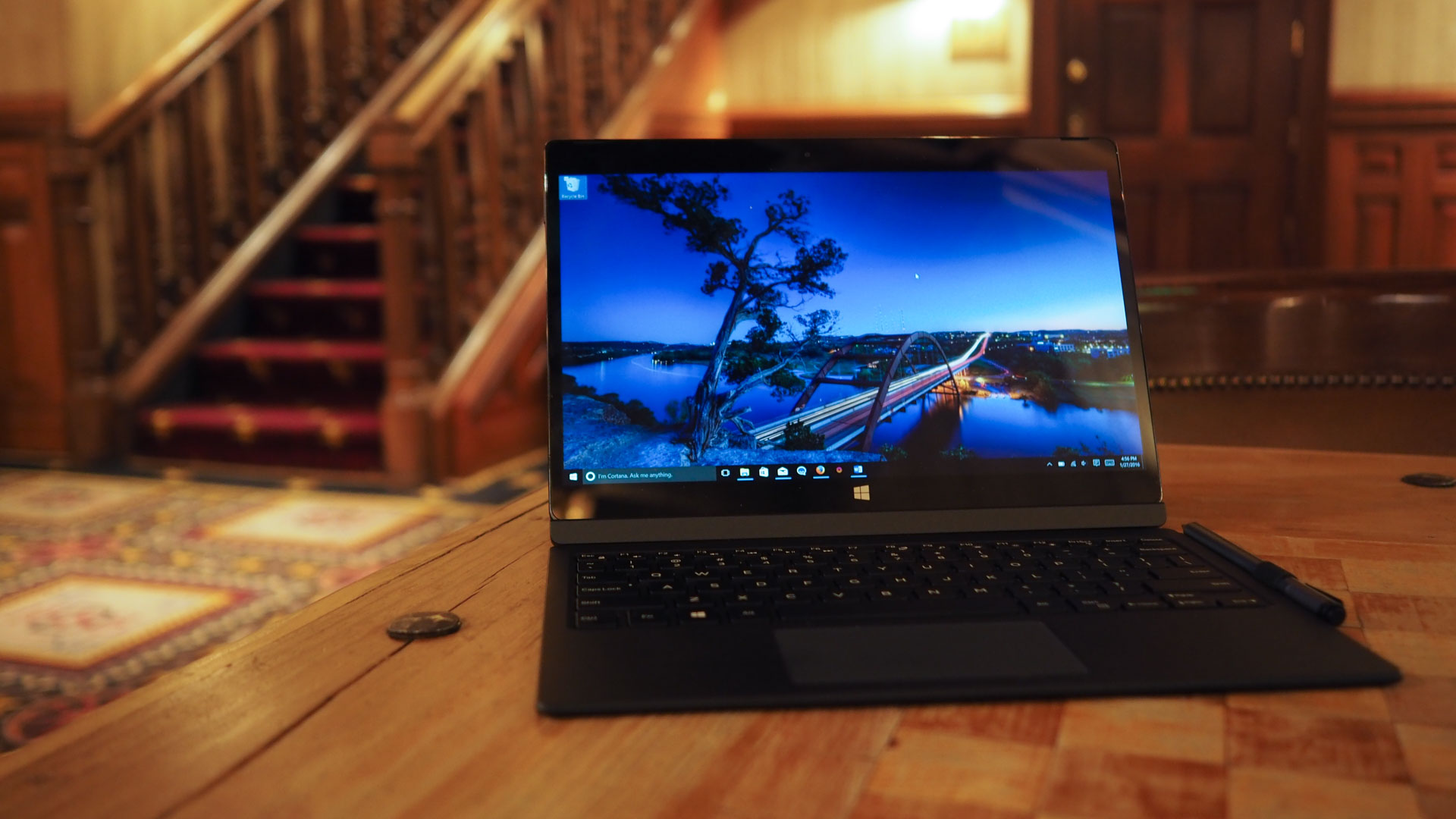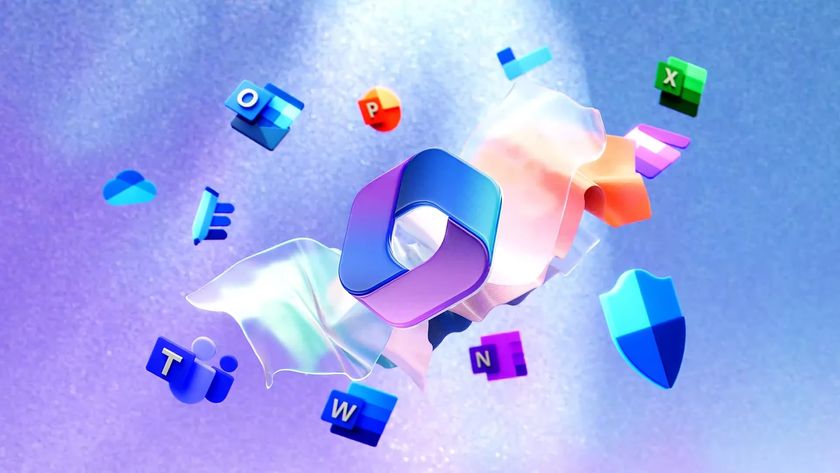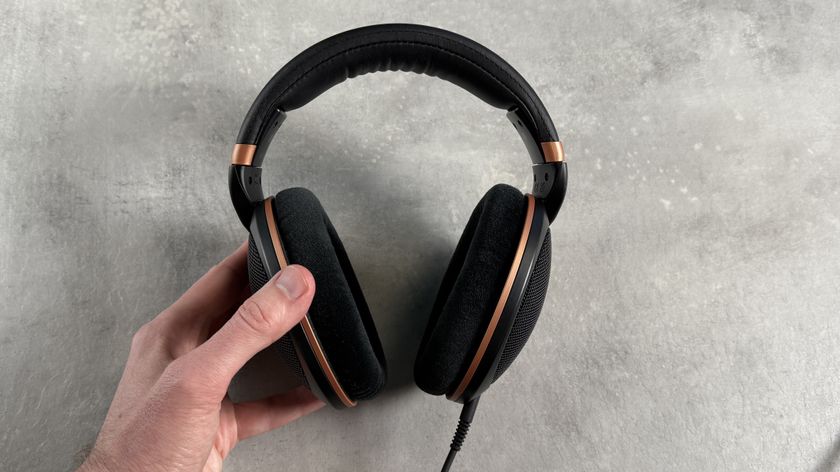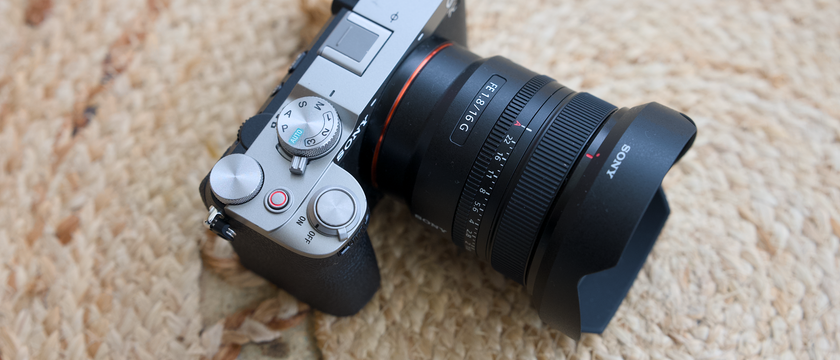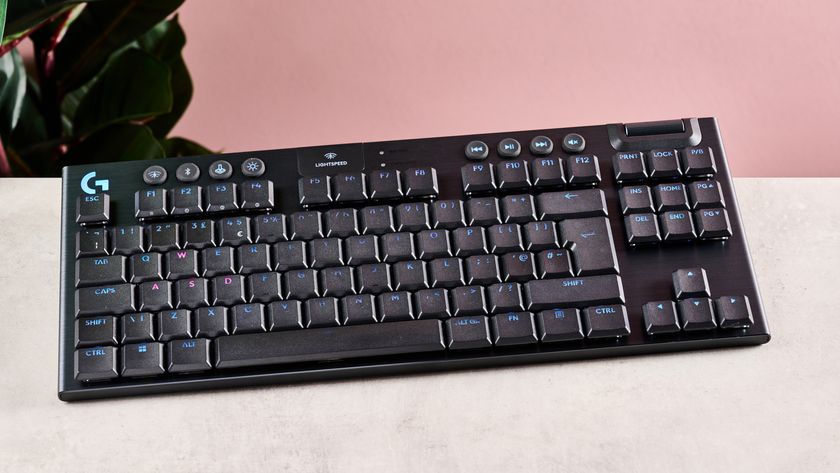TechRadar Verdict
The Dell XPS 12 isn't the most versatile or longest-lasting Windows 10 tablet, but it has a sharp display and the best keyboard of any 2-in-1 laptop.
Pros
- +
Potent speakers
- +
Spectacular display
- +
Tactile keyboard
Cons
- -
Limited 'lapability'
- -
Short battery life
Why you can trust TechRadar
Thanks to Microsoft, you can't talk about Windows 10 tablets without mentioning the Surface Pro 4. It's easily one of the best looking slates and it's as powerful as a traditional laptop. Given the Surface series' success, it's no surprise PC makers have come up with similar devices, like the Lenovo IdeaPad Miix 700 and HP Spectre x2.
The Dell XPS 12, however, is one of the most divergent Windows tablets to come out in years. Rather than relying on a kickstand or flimsy, magnetic keyboard, this 12.5-inch slate docks into a rigid keyboard base that does away with the hinge while offering a tactile typing experience on par with a business-grade laptop.
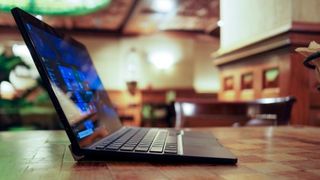
Design
The Dell XPS 12 is a beautifully sophisticated device, and simultaneously one of the strangest 2-in-1 laptops ever created. Like many hybrid devices before it, the XPS 12 is made up of two disparate parts that split into a 12-inch tablet and a keyboard section called the Premier Base.
However, the big difference is that there is seemingly nothing holding the device's two halves together when you have it on your lap. You won't find any latching mechanisms or prongs to secure the screen to the keyboard. Rather, the screen merely slots in place with a groove cut into the premier base.
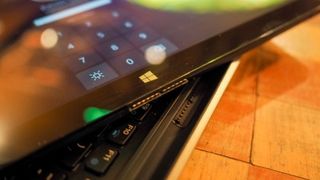
It's a bit unnerving that there's nothing tangibly holding the device's two halves, but it all works surprisingly well. Through the forces of gravity, friction and a few finely tuned magnets, the base holds the top section of the device snuggly in place while still allowing you to easily lift it off.
Once you get over the fact there isn't a hinge, it begins to feel natural to open and shut the screen. The tablet section almost always aligns – without any fuss – with the bottom portion of the device when folding it closed.
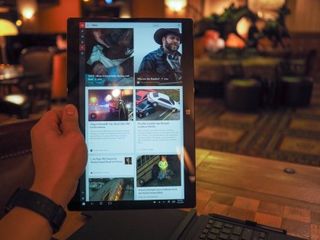
The oddest thing about this 12-inch tablet is its large bezels, which is contrary to the infinity screen design seen on the rest Dell's XPS series. However, it makes sense, as the larger edges allow you to hold the slate without accidentally triggering the touchscreen. The top bezel is also particularly large to make way for the tablet's speakers, which I'll touch on more later.
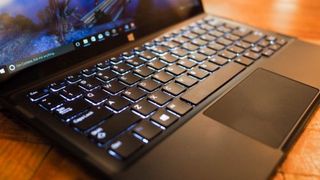
All your base are belong to us
Overall, the XPS 12 is a brilliantly designed product that works astonishingly better than you would think it has any right to. But there are some caveats to this design. Because there isn't any hinge, you can forget about tilting the screen to your liking, as it remains at one fixed, 110-degree angle while docked with the base.
A Dell representative explained the company conducted extensive research to find the optimal angle at which most users tilt their screen. Otherwise, you can close the XPS 12 and confidently know the screen will be held securely in place by the premier base. Alternatively, you could flip the tablet section over, so that the display is face up and at a slight angle for drawing with the stylus.
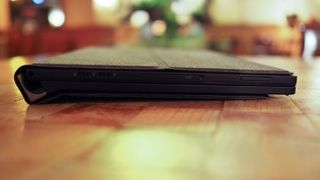
For the most part, it does feel as if Dell designed the XPS 12 around the optimal viewing angles while using the device at a desk and on my lap. Unfortunately, the experience isn't as ideal once you try taking this hybrid device anywhere else.
For instance, as soon as you tilt the device slightly forward, the screen simply slips off its base, potentially spilling onto the floor.
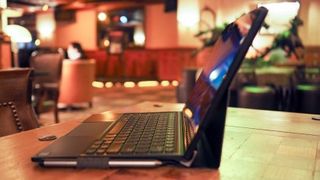
There's no risk of the screen falling off when you have the XPS 12 tilted back because the base's rear hooks slightly to catch it. Unfortunately, because the device is designed to allow you to close it, there isn't anything to stop the tablet from tumbling forward. It's a huge limitation that prevents me from using the hybrid while lying back or even while sitting with my legs crossed.
Dell bundles an additional magnetic fabric cover (not a keyboard cover), another accessory that complicates the XPS 12's already funky setup. But it comes with the perks of a pen loop and additional magnets to hold the tablet in place. When you open up the XPS 12, the fabric cover's extra slack folds down to extend the base in a similar fashion to the Surface Book's fulcrum hinge.
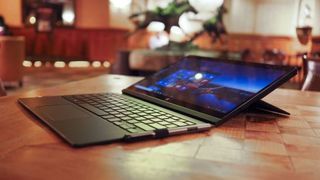
Laughable 'lapability'
If the premier base sounds troubling to you, the good news is Dell bundles the tablet with an alternative 'slim' keyboard cover that essentially turns the XPS 12 into a Surface-like device. The slim cover envelops the device with a keyboard panel as well as a back cover with a built-in kickstand.
This combo opens up the slate to a few more ergonomic positions because you can tilt the screen back and use the kickstand like an anchor when your leg is up. Unfortunately, the slim cover's keyboard just isn't as good because it doesn't clip to the chin of the tablet to act as an extra point of stability.
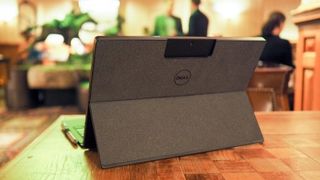
Without this feature, it's a bit more awkward to type with the device even if you have it sitting flat on your lap. Otherwise, though the Slim Base lives up to its name with a fabric-lined exterior, backlit chiclet keyboard with 1.3mm travel and, amazingly, a glass trackpad.
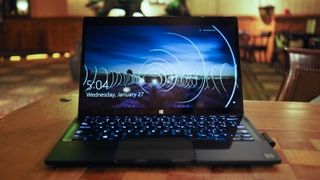
Premium grade
As a tablet alone, the XPS 12 is marvelous, too, and I'm not just talking about the premium sheet of Corning Gorilla Glass on the front of the slate. It's as thin and light as Dell's Android-powered Venue 10 tablet.
The difference is, in roughly the same-sized package, you're getting a fully capable Windows 10 machine that can run Lightroom, Final Cut and other heavy-duty computing applications.
The XPS 12's better half, the premier base, is outfitted with a keyboard that feels as tactile as the firm's business line of Latitude laptops. The keys are much larger than I'm used to seeing on 12-inch devices, like the Toshiba Satellite Radius 12 and Lenovo Yoga 900S.
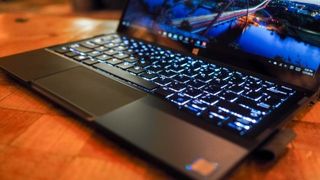
On top of that, each key is slightly concave to match the curvature of your fingertips while offering 1.9mm of travel. The XPS 12's premier keyboard is the closest thing to typing perfection, beating every Windows 10 laptop and tablet I've ever used.
The glass touchpad is equally as enjoyable. Although it's a bit on the small side, it's extremely smooth and recognizes multi-touch gestures with just the right amount of palm rejection – all without fine-tuning any of the touchpad settings.
Despite the 2-in-1 combo's distinct parts being so different, they're both made of a magnesium alloy, unibody chassis similar to Lenovo's business laptops. However, rather than having a cold, plastic-like exterior, this device is coated with a much more pleasant and warmer feeling coat of soft touch paint.
Thanks to its fully magnesium alloy body, weight is a trifling matter for the Dell XPS 12. As a standalone tablet it weighs a mere 1.75 pounds (0.79kg) and the chunky premier keyboard only bumps up the device's load to 2.8 pounds (1.27kg).
The Dell XPS is also fairly compact with 11.46 x 7.6 x 0.31-inch (29.1 x 19.3 x 0.8cm; W x D x H) dimensions. Meanwhile, the premier base basically adds an extra 0.2-inches (0.5cm) of girth and 0.68 inches (1.7cm) in height.
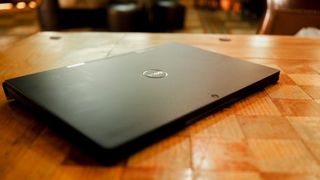
The HP Spectre x2's aluminum frame ends up weighing it down, making it a heavier tablet at 1.87 pounds (0.85kg). That said, the HP tablet's premium keyboard is a little lighter than the XPS 12 premier base. When you put the whole package together, the x2 ends up weighing a tiny bit less at 2.68 pounds (1.22kg).
Weighing in at 1.73 pounds (0.78kg), the Surface Pro 4 also weighs less than the XPS 12. This holds true even if you attach its magnetic keyboard, which bumps up the device's overall weight to 2.37 pounds (1.07kg).
Still, weight aside, Dell's 12-inch tablet is more compact compared to the 11.81 x 8.23 x 0.31-inch (30 x 20.9 x 0.79cm) Spectre x2, as well as the 11.5 x 7.93 x 0.36-inch (29.2 x 20.1 x 0.91cm) Surface Pro 4.
Spec sheet
Here is the Dell XPS 12 configuration sent to techradar for review:
- CPU: 1.1Ghz Intel Core m5-6Y54 processor (dual-core, 4MB Cache, up to 2.7 GHz with Turbo Boost)
- Graphics: Intel HD Graphics 515
- RAM: 8GB dual channel LPDDR3 DRAM (1,600MHz)
- Screen: 12.5-inch FHD (1,920 x 1,080) multitouch
- Storage: 128GB SSD
- Ports: 2 x USB-C + Thunderbolt 3; SD card reader; headset jack
- Connectivity: 2 x 2 802.11ac wireless; Bluetooth 4.1
- Camera: 8MP rear webcam, 5MP front webcam with dual array digital microphones
- Weight: 1.75 pounds (tablet); 2.8 pounds (tablet and premier base)
- Size: 11.46 x 7.6 x 0.31 inches (tablet); 11.46 x 7.8 x 0.99 inches (tablet and premier base) (W x D x H)
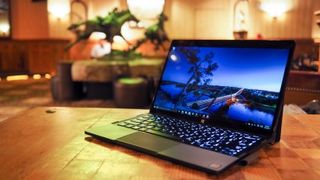
As configured above, the Dell XPS 12 rings up for $1,099 (about £754, AU$1,523). That actually isn't too steep of an asking price considering the tablet is bundled with two keyboards and a digital pen.
If you're not fond of the additional accessories, the starting spec without them costs $999 (about AU$1,385). In the UK, the base configuration includes a lower-end Intel Core m3-6Y30 processor and only 4GB of RAM for £899.
Conversely, if you want a fully loaded XPS 12 with a 4K screen and 256GB SSD (512GB in the UK), the price tops out at $1,399 or £1,299 (about AU$1,799). Unfortunately, none of these SKUs are available in Australia, as the XPS 12 has yet to be released there, but I've included approximate pricing should you look into importing a unit from the US.
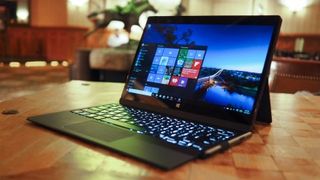
A comparable HP Spectre x2 with the same Intel Core m5 processor as well as memory and storage capacities comes priced at a lower $949. Aside from the core specs, the HP slate also has more unique features, including dual (front and rear) Intel RealSense 3D cameras and an extra pair of speakers built into its magnetic keyboard.
The Surface Pro 4, on the other hand, will set you back a cool $999 (£849, AU$1,499). For your money, Microsoft's latest slate comes with a more powerful Intel Core i5 processor and the same 128GB of storage as it competitors, but only 4GB of RAM.
The XPS 12 comes in last place when it comes to value; not because of its price, but due to its limited customization options.
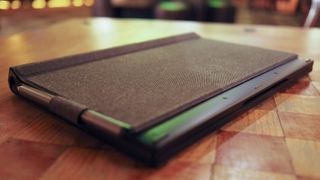
The Dell tablet is limited to only an Intel Core m5 processor with no option at all for a Core m7 chip if you need the extra processing power. Then, if you want an SSD bigger than 128GB, you'll have to jump up to a model with a 4K screen. This isn't the case with the Spectre x2, or a variety of other tablet devices out there, including the more expensive Surface Pro 4.
The limited variety of configurations is particularly annoying because you can't get inside a machine as thin as the XPS 12 without the sticky business of peeling the screen from the rest of the frame.
Despite its small stature, the XPS 12 is a capable little Windows 10 tablet. In fact, it's quicker than most laptops, with start up taking only a couple of seconds and nearly no time at all to launch apps. This 12-inch slate even has the chops to run Lightroom at a decent clip while processing massive RAW files.
Of course, there are limitations, too. You won't be playing many games with the XPS 12 short of Hearthstone and the simplest of indie games. The biggest limitation you're likely to run into with this device is its middling battery life.
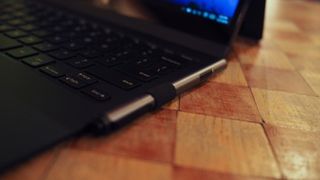
Benchmarks
Here's how the Dell XPS 12 performed in our suite of benchmark tests:
- 3DMark: Cloud Gate: 3,921; Sky Diver: 2,297; Fire Strike: 555
- Cinebench CPU: 180 points; Graphics: 26 fps,
- GeekBench: 2,634 (single-core); 4,652 (multi-core)
- PCMark 8 (Home Test): 2,247points
- PCMark 8 Battery Life: 3 hours and 35 minutes
The XPS 12's Intel Core m5 processor is about on par with an Intel Core i3 chipset, and the benchmark results seem to corroborate this. The Dell tablet came up with a PCMark 8 score of 2,247 points, while the Spectre x2 and Surface Pro 4 achieved 2,396 points and 2,406 points, respectively.
On the graphics end, the XPS 12 is significantly weaker, serving up a Sky Diver score of 2,297. In the same test, HP slate churned out 2,813 points, while the Surface Pro 4 performed best with 3,673 points.
What these lower numbers mean is that the Dell XPS 12 will have more trouble running resource intensive applications. This is especially so with graphically taxing tasks, such as playing games and creating media, whether it be a creating a website layout or editing video.
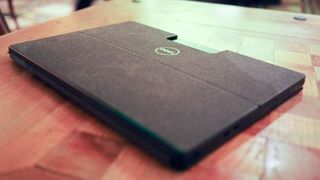
Drawing the short straw
Despite running with the lowest-end and more power-efficient Intel Core m5 chip, the XPS 12 put up a disappointing PCMark 8 battery life of 3 hours and 35 minutes. The arguably more power hungry HP Spectre x2, on the other hand, was able to keep running for an additional 19 minutes. Even the Surface Pro 4 wasn't far behind with a battery life of 3 hours and 15 minutes.
Furthermore, you can expect your run times with the XPS 12 to top out at five hours, as tested with my daily usage and techradar's standardized local video battery run (4 hours and 59 minutes). That's a pretty impressive figure considering the miniscule size of this 12-inch tablet.
However, when pitted against its contemporaries, five hours of battery life doesn't hold up to the nearly six hours of usage I got from the Spectre x2. Similarly, the Surface Pro 4 makes the XPS 12 look bad when it has nearly the same battery life despite housing hardier components.
Despite these figures, I re-watched nearly the entire season of Daredevil on Netflix before needing to plug in the slate. (The Netflix app for Windows 10 does wonders for battery life – the wonders of caching streaming media!)
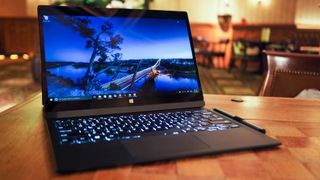
Cinema experience
While the XPS 12 didn't impress me with long battery life for everyday usage, it's an excellent Windows 10 tablet for watching movies and TV. The 12-inch screen renders such an astonishing level of contrast and color that I was able to see new details I missed while watching Daredevil on a plasma TV.
The XPS 12's speakers are just as impressive, thanks to their forward position and having room vibrate along the top bezel. They're not the loudest speakers in the world, but they produce a surprisingly balanced and nuanced sound space, making this 12-inch slate a decent stand-in for a portable speaker.

Bundled software
The Dell XPS 12 comes with a modicum of pre-installed apps and, for the most part, you'll want to keep all the bundled software. As for things I recommend (i.e. software you may actually use), that's an even shorter list:
- Dell Update: Keep your system's Dell-issued firmware up to date with this preloaded tool.
- DropBox: Dell bundles 20GB of DropBox cloud storage for a year, which would be a mistake to pass up.
- Bamboo Paper: While it's a shareware app, and you can't access many of the painting tools without paying up, this app is great for jotting down notes and doodling.
Dell's smaller XPS machines have always been the company's experimental platform, from laptops with spinning screens to the back-flipping XPS 11. This latest 12-inch hybrid follows that same tradition, with an impeccably thin tablet and a rigid keyboard base that does away with any hinge entirely.
Although it one of the strangest 2-in-1 devices I've ever used, this is the most convincing convertible Dell has ever created. Sure, there are some hiccups in the design (e.g. that you can't use the device while laying down). But, for all of the annoyances, there's a gorgeous screen and surprising speakers within this sharp Windows 10 tablet.
We liked
The XPS 12 isn't the most comfortable hybrid in the world, but I have to commend its unique styling.
Dell's decision to pare down the tablet to its barest form also makes the XPS 12 one of lightest and thinnest Windows 10 tablets in the world. And, when you dock it the premier base, the stiff, tactile keyboard is better than any flappy, magnetic typing accessory and even most pure laptops.
We disliked
Before you buy an XPS 12, you should definitely see how it feels to use it in real life. Due to its rigid design, you won't be able to use it with the Premier Keyboard kicking back or with your leg crossed. There's an alternative slim keyboard, but that too has a few limitations of its own.
The most limiting factor you may have with this device is its five hour battery life. It's impressive given the how compact the tablet is, but it's not the longest lasting Windows 10 slate. If you're looking for something longer lasting, you'll be better served by a Surface Pro 4 or HP Spectre x2.
Final verdict
On paper, the Dell XPS 12 sounds like the ultimate 2-in-1 laptop. It has a thin tablet section designed with a beautiful display for watching TV and movies. When you're ready to get down with some serious work, the Premier Base offers one of the best typing experiences I've ever had.
However, in real life, the XPS 12 isn't versatile as it promises to be.
Using the XPS 12 with the Slim keyboard cover makes the device a bit more tolerable on the go. Otherwise, the HP Spectre x2 is a nearly identical analog, save for more screen real estate and longer battery life. Alternatively, the Surface Pro 4 is still the best Windows 10 tablet, if you're willing to pay Microsoft's premium.
The XPS 12's hinge-less connector is novel design, but it ultimately falls flat on its face (and possibly the floor) when you try to use it in most lounging positions. As such, you'll find yourself locked to a desk or making sure your lap stays at even keel. Throw in relatively shorter battery life and limited configurations, and the list of reasons to avoid grows too long for an outright recommendation.
Kevin Lee was a former computing reporter at TechRadar. Kevin is now the SEO Updates Editor at IGN based in New York. He handles all of the best of tech buying guides while also dipping his hand in the entertainment and games evergreen content. Kevin has over eight years of experience in the tech and games publications with previous bylines at Polygon, PC World, and more. Outside of work, Kevin is major movie buff of cult and bad films. He also regularly plays flight & space sim and racing games. IRL he's a fan of archery, axe throwing, and board games.


